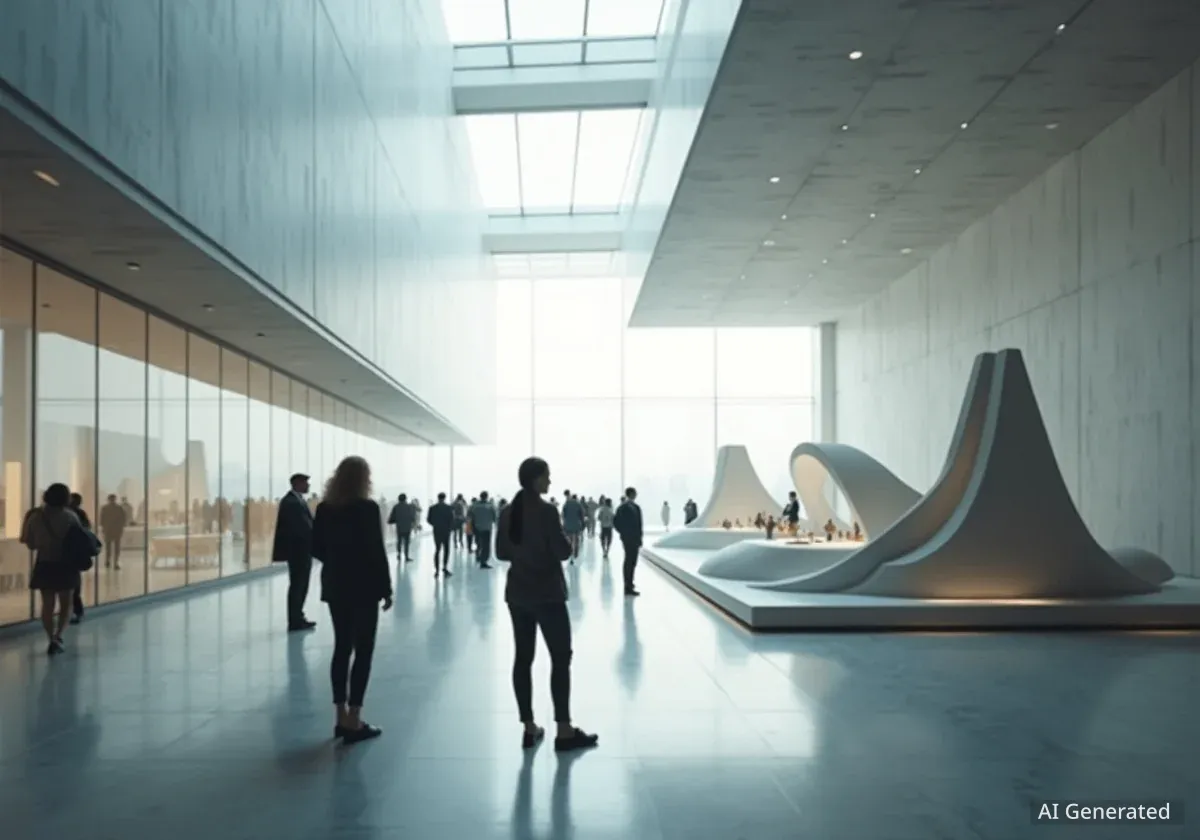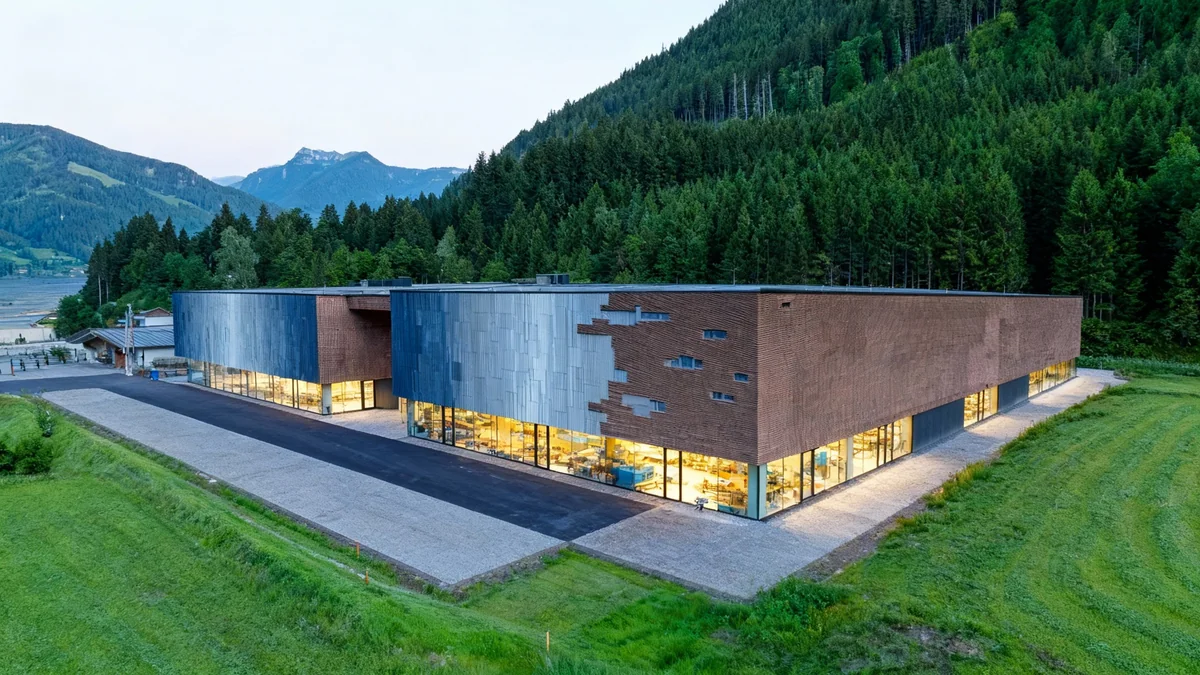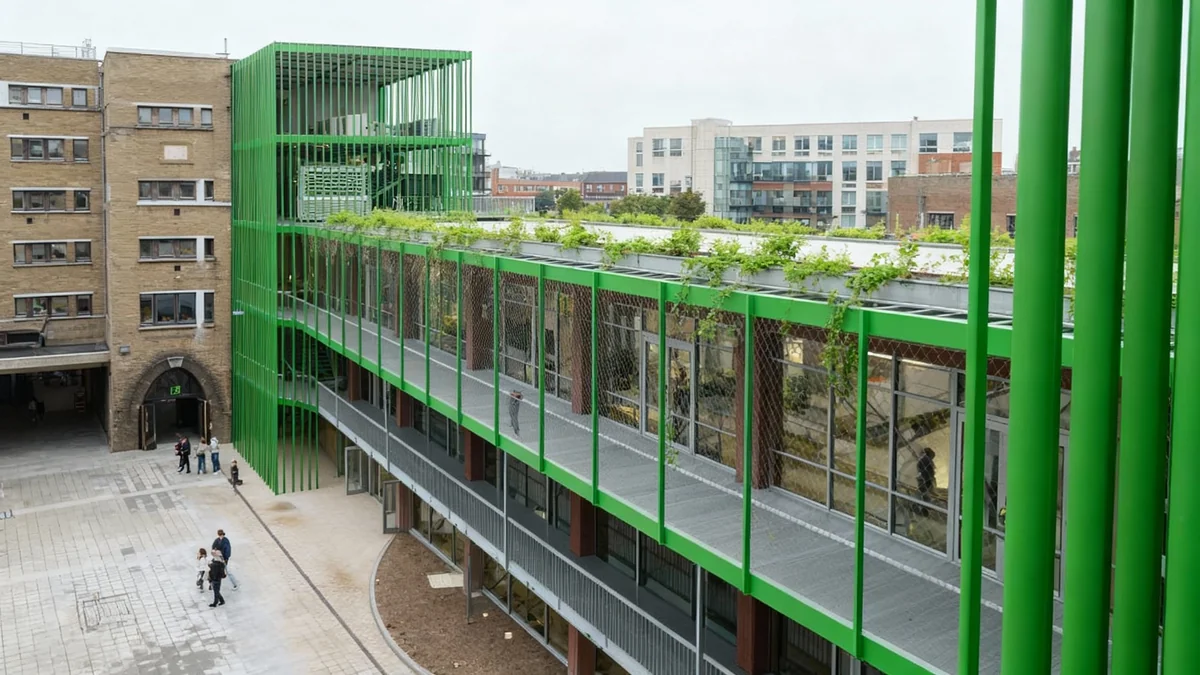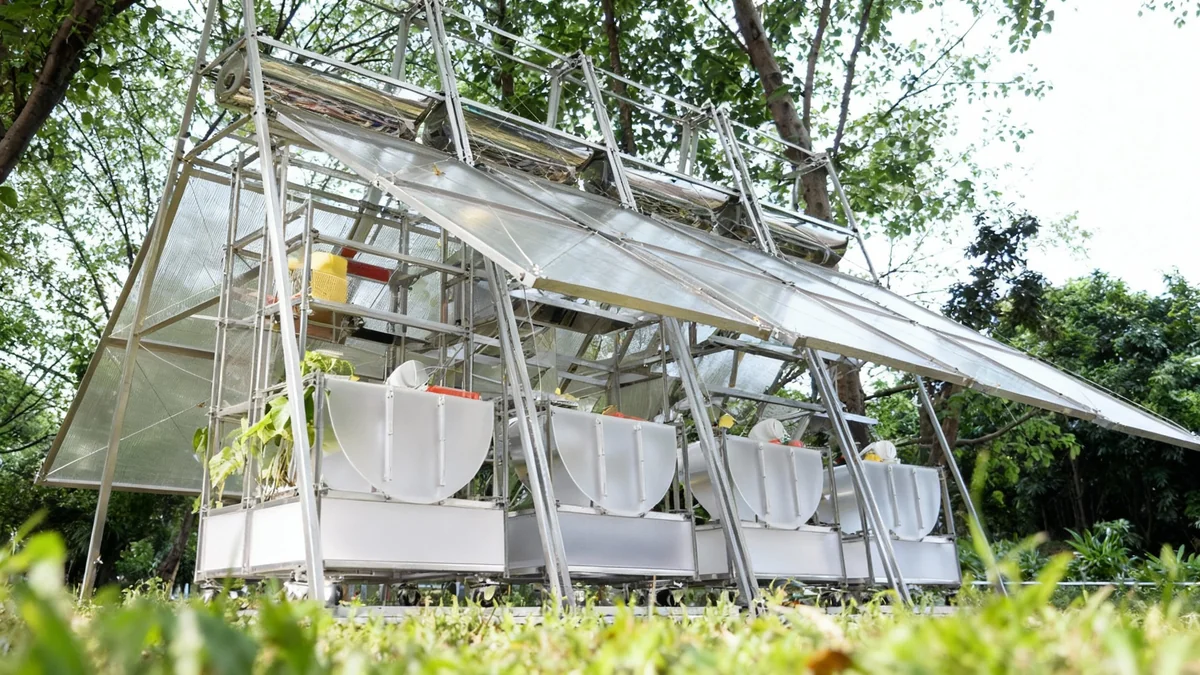The inaugural Hiroshima Architecture Exhibition 2025 has launched in Japan, inviting 23 architects and artists from around the world. Running from October 4 to November 30 across Fukuyama and Onomichi, the triennial event aims to explore the future of cities and architecture's role in revitalizing local communities. It features exhibitions, site-specific installations, and public discussions.
Key Takeaways
- The Hiroshima Architecture Exhibition 2025 is a new triennial event.
- It runs from October 4 to November 30 in Fukuyama and Onomichi.
- 23 architects and artists are participating, including Pritzker Prize winners.
- The exhibition focuses on urban futures and community revitalization through design.
- Programs include major exhibitions, temporary pavilions, and public talks.
Connecting Design Heritage and New Visions in Onomichi
Onomichi hosts several key components of the exhibition across seven venues. One major highlight is the Onomichi City Museum of Art, designed by Tadao Ando. This venue presents "Nine Visions: Japanese Architects from Japan to the World." The exhibition showcases the work of all nine Japanese recipients of the Pritzker Architecture Prize.
Architects featured include Kenzo Tange, Fumihiko Maki, Tadao Ando, Toyo Ito, Kazuyo Sejima and Ryue Nishizawa of SANAA, Shigeru Ban, Arata Isozaki, and Riken Yamamoto. Their collective works demonstrate the significant influence of Japanese design on global architectural conversations.
Fact: Pritzker Prize Winners
Japan has produced nine Pritzker Architecture Prize winners, more than any other country except the United States. This highlights the nation's profound impact on modern architecture.
Outside the museum, a notable installation is Shigeru Ban's Paper Log House. This structure was originally developed for disaster relief following the 1995 Kobe earthquake. Its presence symbolizes architecture's commitment to social responsibility and practical solutions.
Adaptive Reuse and Community Engagement
Studio Mumbai has transformed the 1960s building known as LOG. This project now functions as a combined exhibition space and hotel. It includes an interactive display that explores how daily life connects with design principles. This adaptive reuse initiative attracts approximately 30,000 visitors annually, demonstrating how thoughtful craftsmanship and material use can integrate modern design with a city's existing character.
"The adaptive reuse effort at LOG shows how craftsmanship and thoughtful use of materials can root modern architecture in the existing character of a city," exhibition organizers stated.
Similarly, Junya Nagasaka's LLOVE HOUSE Onomichi project has converted a disused home into a lively center for cultural exchange. Photographer Yurika Takano contributes to this theme with her exhibition, "Transferring Bodies, Transferring Architecture." Her work captures Onomichi’s historic streets and their evolution over time.
Fukuyama: Architecture as a Living Ecosystem
In Fukuyama, the Shinshoji Zen Museum and Gardens hosts "Next Architecture: Connecting Futures Through Design." This exhibition features works by architects such as Sou Fujimoto, Junya Ishigami, Norihisa Kawashima, Hiroki Akiyoshi of VUILD, and Clouds Architecture Office. Through models and proposals, the exhibits explore how architecture, the environment, and society interact. They present visions for future cities that balance nature and culture.
Context: Shinshoji Zen Museum and Gardens
This location provides a unique backdrop for architectural exploration, combining spiritual tranquility with contemporary design discussions. The integration of modern structures within historical temple grounds highlights the blend of tradition and innovation central to the exhibition's theme.
Within the same temple grounds, a preview exhibition details the planned reconstruction of Kenzo Tange's self-designed residence. This home was originally built in Tokyo's Seijo neighborhood in 1953 and later demolished. The display includes a one-third-scale model and archival materials. These elements contextualize Tange's legacy and his influence on postwar Japanese architecture. His work helped define a new era of design in Japan.
Further emphasizing ecological themes, Norihisa Kawashima's Compost Bench is a circular environmental project. It transforms fallen leaves from the maple trees surrounding the temple into compost. This compost then nourishes the trees anew, creating a sustainable cycle within the exhibition space.
Temporary Pavilions Shape the Landscape
Throughout the Hiroshima Architecture Exhibition 2025, a series of small, movable pavilions are placed across the urban landscape. These are described as micro-architectures. Designed by Yasushi Horibe, Junya Ishigami, and Hideyuki Nakayama, each kiosk offers a unique interpretation of transience and locality.
Yasushi Horibe's Tsuboya functions as a small tea stand at Shinshoji Temple. Hideyuki Nakayama's Kiosk Through Which the Landscape Passes (Catch) is located by the waterfront at Onomichi U2. These temporary structures invite public interaction and contemplation of their surroundings.
Junya Ishigami's "Clouds Descend," intended as the festival’s information center at Fukuyama Station, experienced delays. A typhoon affected its transit, serving as a practical reminder of architecture's delicate relationship with the natural world. This unforeseen event highlighted the themes of resilience and adaptation.
Fact: Micro-Architectures
These small pavilions serve as both functional spaces and artistic statements, engaging with the urban environment in a temporary yet impactful way. They represent a flexible approach to architectural design.
Cultivating a New Culture of Design
The organizers of the Hiroshima Architecture Exhibition view the event as a platform for fostering creativity, education, and civic imagination. They use architecture as a tool for regional regeneration and intergenerational dialogue. The program includes various public engagement activities alongside the main exhibitions.
Public talks and discussions feature leading figures such as Sou Fujimoto, Toyo Ito, and Junya Ishigami. Workshops for children aim to inspire younger generations. Film screenings provide additional context and perspectives on architectural themes. These activities enhance the visitor experience beyond static displays.
A primary goal of the festival is to integrate architecture with its specific location, allowing audiences to experience and inhabit design directly. By combining historical temples, modern museums, and active cityscapes, the event transforms Hiroshima Prefecture into a dynamic landscape of ideas. This approach encourages visitors to see architecture not just as buildings, but as an integral part of their environment and culture.
With its next edition scheduled for 2028, the debut of this exhibition suggests the beginning of a meaningful, long-term dialogue. Organizers hope it could evolve into Japan's equivalent of the prestigious Venice Architecture Biennale. This aspiration underscores the ambition and potential impact of the Hiroshima Architecture Exhibition on the global design stage.
- Dates: October 4th – November 30th, 2025
- Venues: Fukuyama & Onomichi, Hiroshima Prefecture, Japan
- Organizer: Kambara & Tsuneishi Foundation




